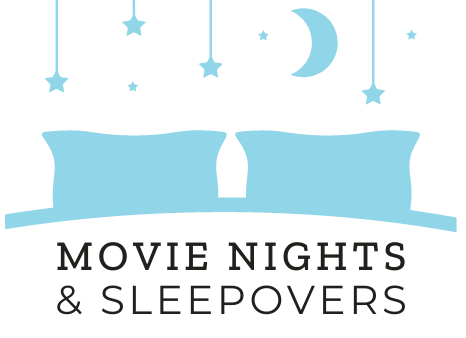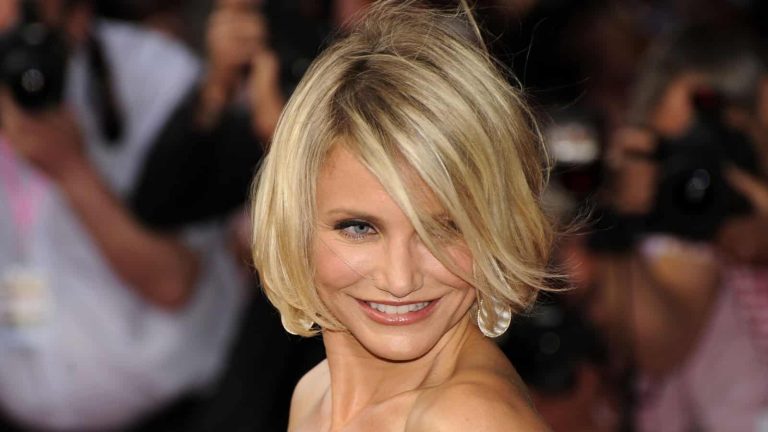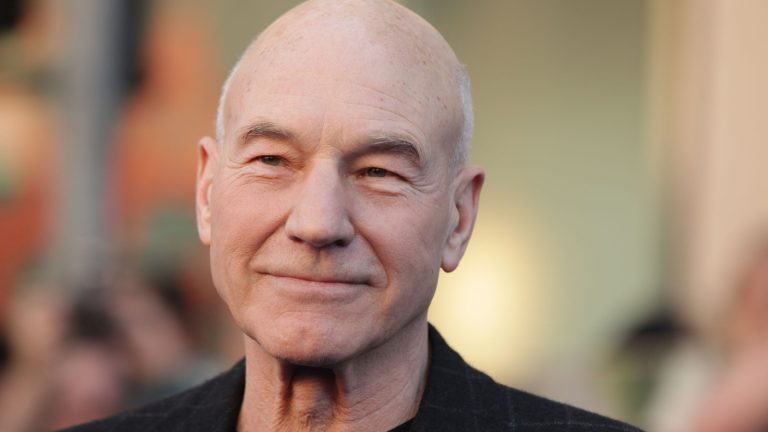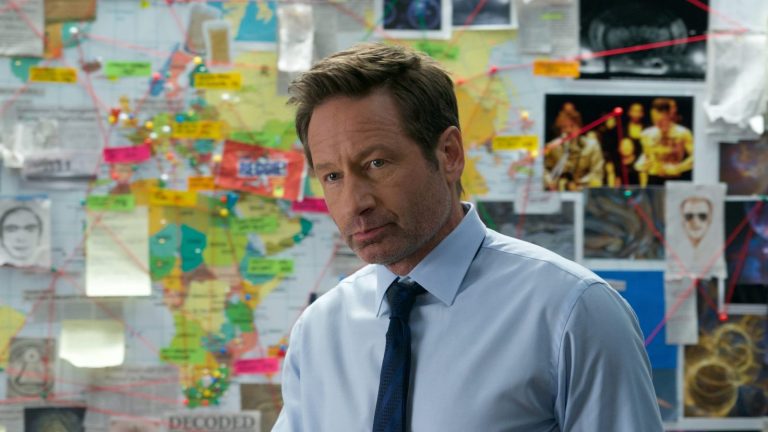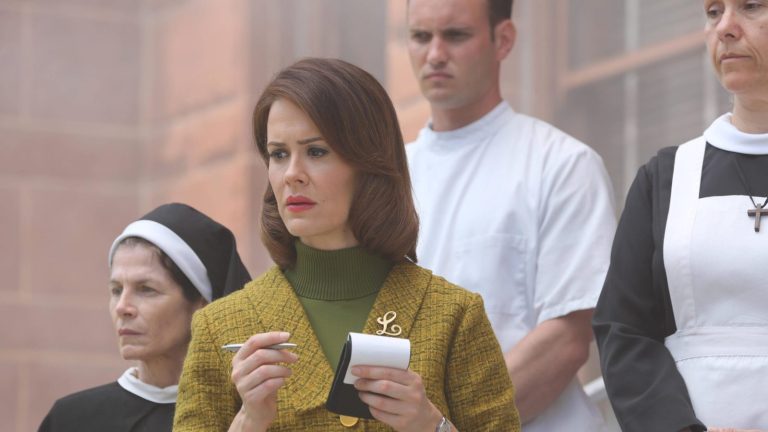20 Movies That Are Way Better Than the Book
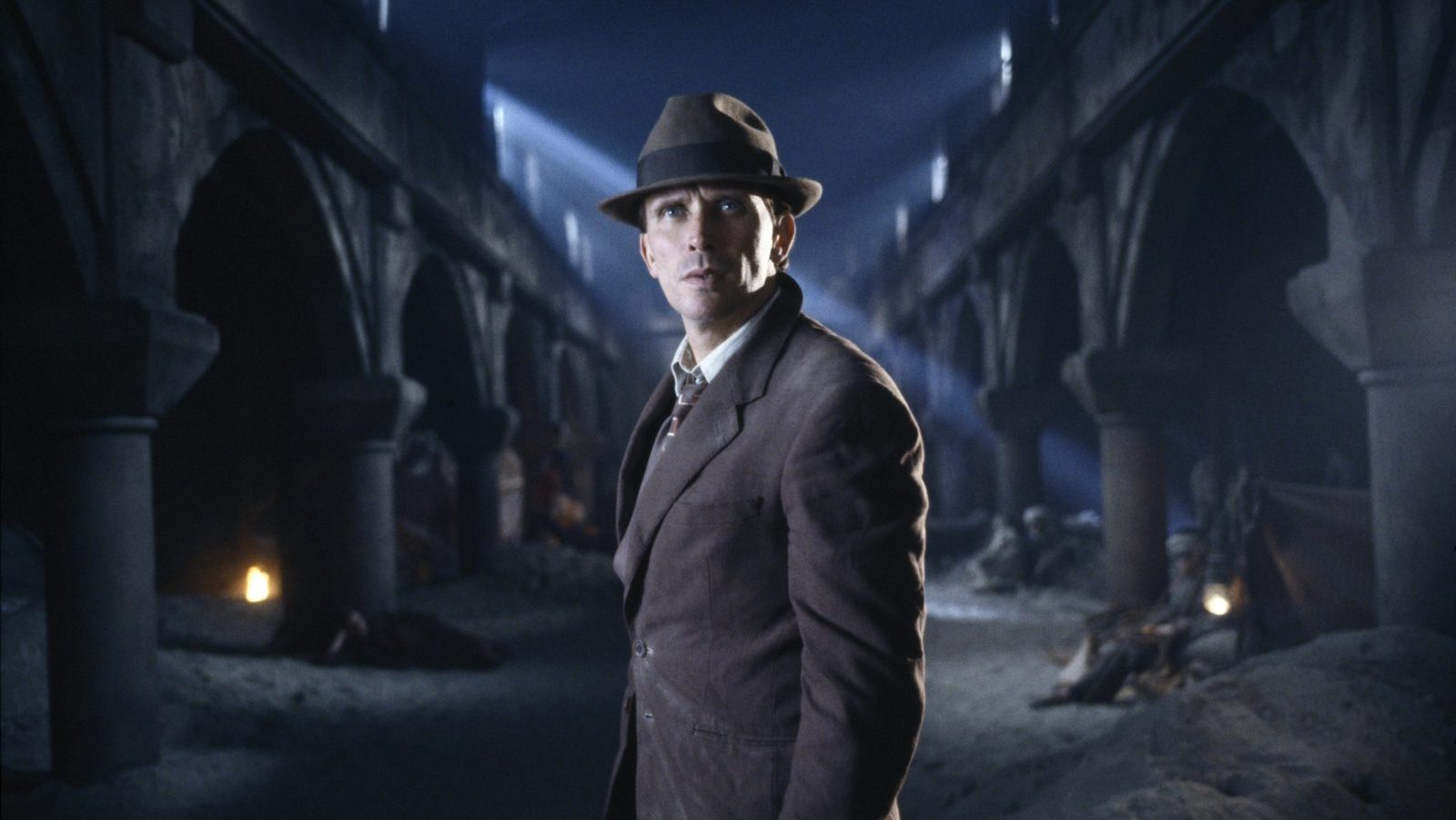
Since Johannes Gutenberg invented the history-changing, movable-type printing press, people have been adapting stories that have previously existed, refracting and reinterpreting them to fit within a new context. Film isn’t unique in this regard, with book-to-screen adaptations going back to the medium’s invention with Georges Méliès’ adaptation of The Brothers Grimm’s story, Cinderella, in 1899.
Due to the constraints of runtime, budget and other reasons, film adaptations of best-selling novels don’t typically best their literary counterparts. However, there is a rare crop of films that go on to improve the text of the novel and rise supreme as the superior version of that story.
Often attempted but rarely successful, this list is a celebration of those edge cases, a championing of that special moment when a film can–and does–surpass the quality of its literary source. With that out of the way, let’s dive right in!
1. Jurassic Park (1993)
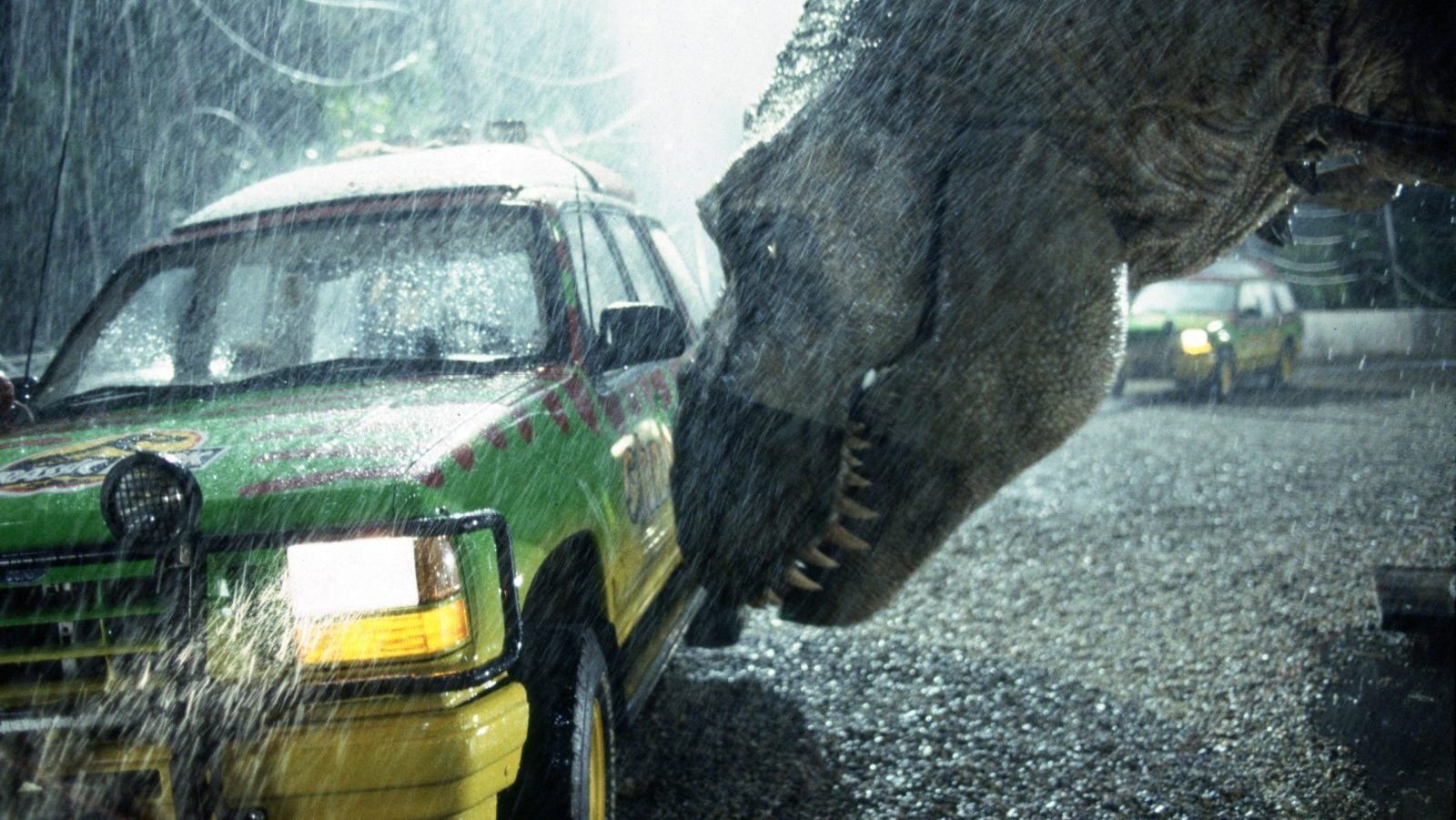
Though many reading this article will be familiar with the 1993 sci-fi adventure film directed by Steven Spielberg, few are aware of the 1990 novel written by prolific sci-fi author Michael Crichton. The novel is a much grimmer affair, getting rid of the high-wire spectacle of Spielberg’s film for something much crueler. A change of tone works in Spielberg’s favor, making it better than its source material.
2. Manhunter (1986)
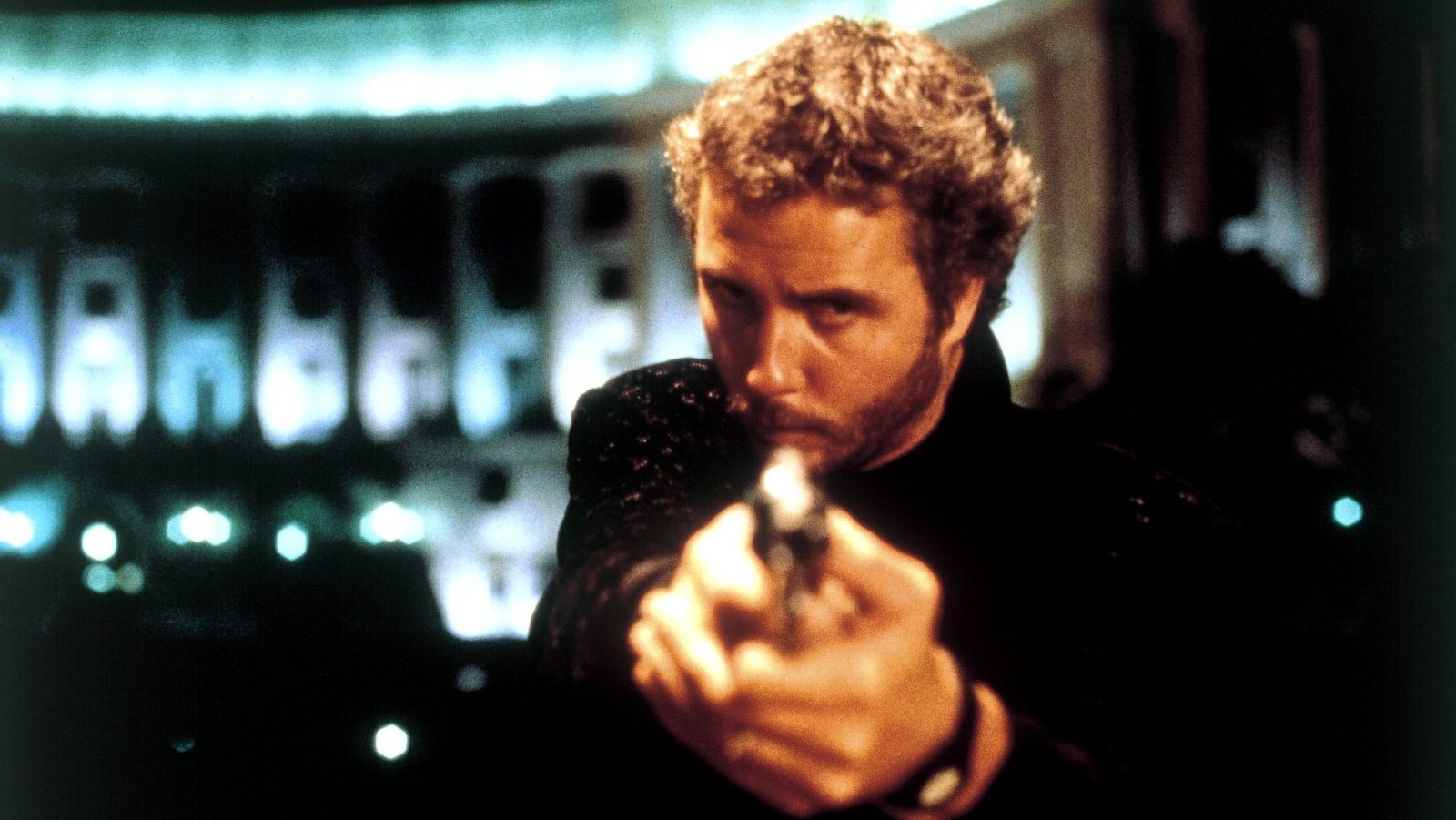
Manhunter, Michael ‘Heat’ Mann’s adaptation of Thomas Harris’ 1981 crime thriller Red Dragon, varies significantly from its source material, eschewing the operatic pulp of the novel in favor of something much moodier. The film, which follows FBI profiler Will Graham (William Peterson) as he hunts for the notorious Tooth Fairy Killer (Tom Noonan) with the aid of serial killer Hannibal Lector (Brian Cox), lingers with you long after viewing, acting as a haunted dive into the mind of an FBI profiler losing himself to the men he pursues.
3. The Thing (1982)

The Thing is the second adaptation of the 1938 John W. Campbell, Jr. novella Who Goes There. It’s a faithful adaptation of the source material. Its most significant change–the change that makes the film as iconic and enduring as it is–is in its final scene, with the film changing the book’s optimistic ending to one riddled with paranoia and fear.
4. The Godfather (1972)
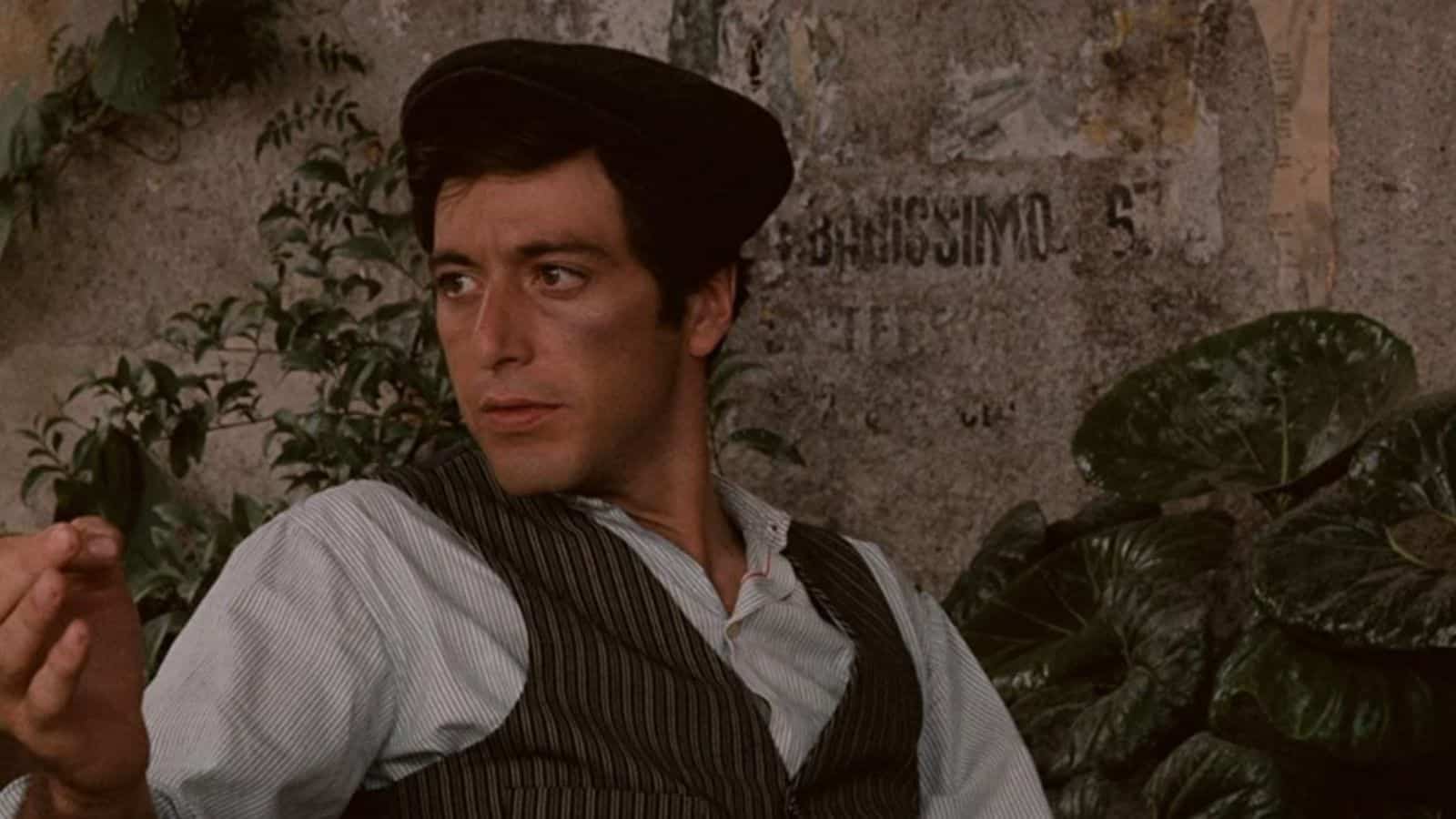
Adapted from Mario Puzo’s paperback novel of the same name, Francis Ford Coppola takes what is a relatively trashy airport novel and elevates it into one of the most riveting crime epics ever put to film. The film was a critical and blockbuster success, becoming 1972’s highest-grossing film and winning Best Picture, Best Actor and Best Adapted Screenplay at the 45th Academy Awards.
Follow us on MSN to see more of our exclusive entertainment content.
5. Sorcerer (1977)
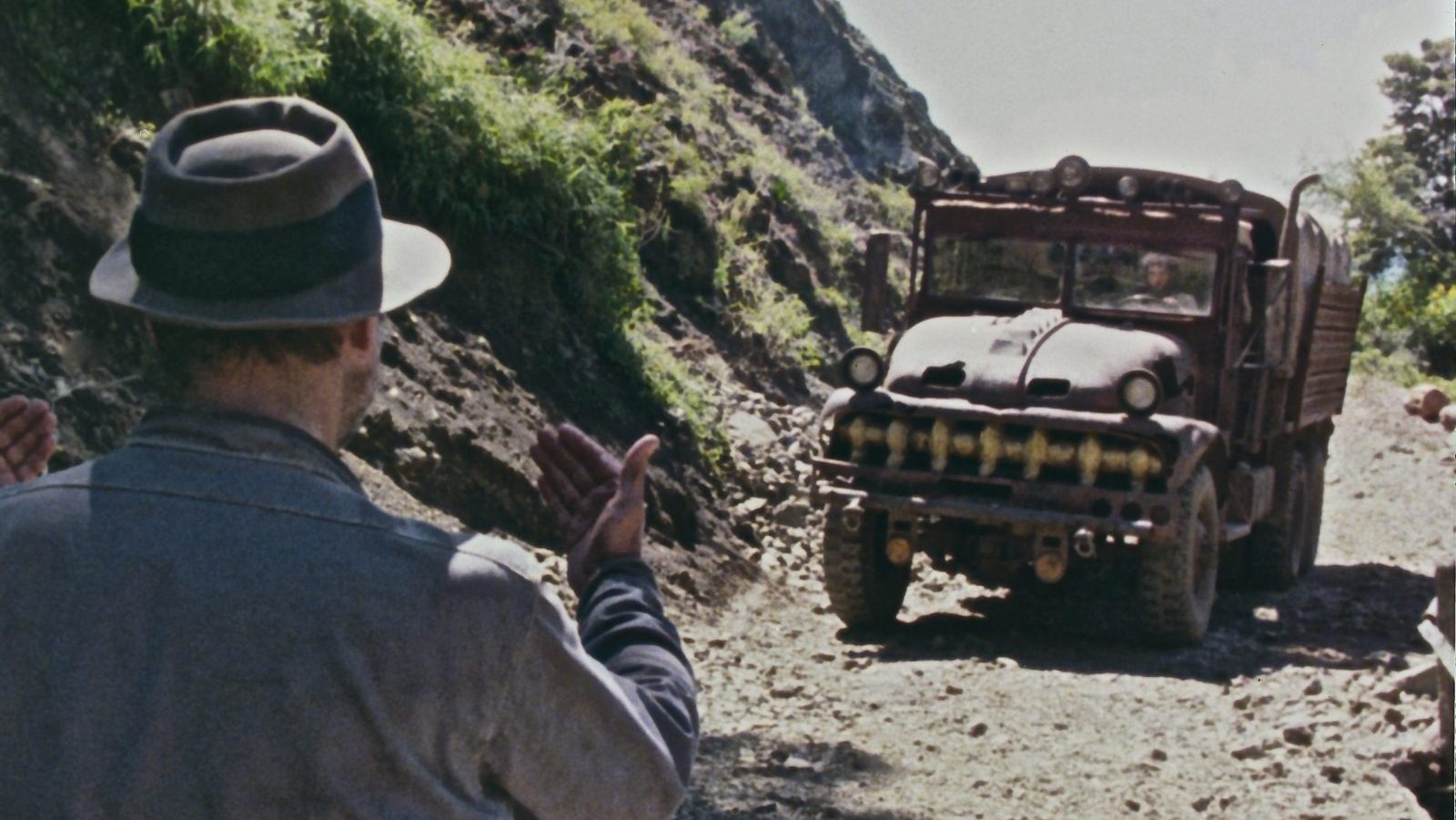
William Friedkin’s masterpiece of suspense is itself an adaptation of George Arnaud’s 1950 French novel Le Salaire de la peur and a remake of the 1953 Henri-Georges Clouzot’s film The Wages of Fear. The film follows four men trying desperately to transport nitroglycerin across the South American jungle. As taut as it was upon release, Friedkin remains the master of cinematic tension.
6. 12 Angry Men (1957)
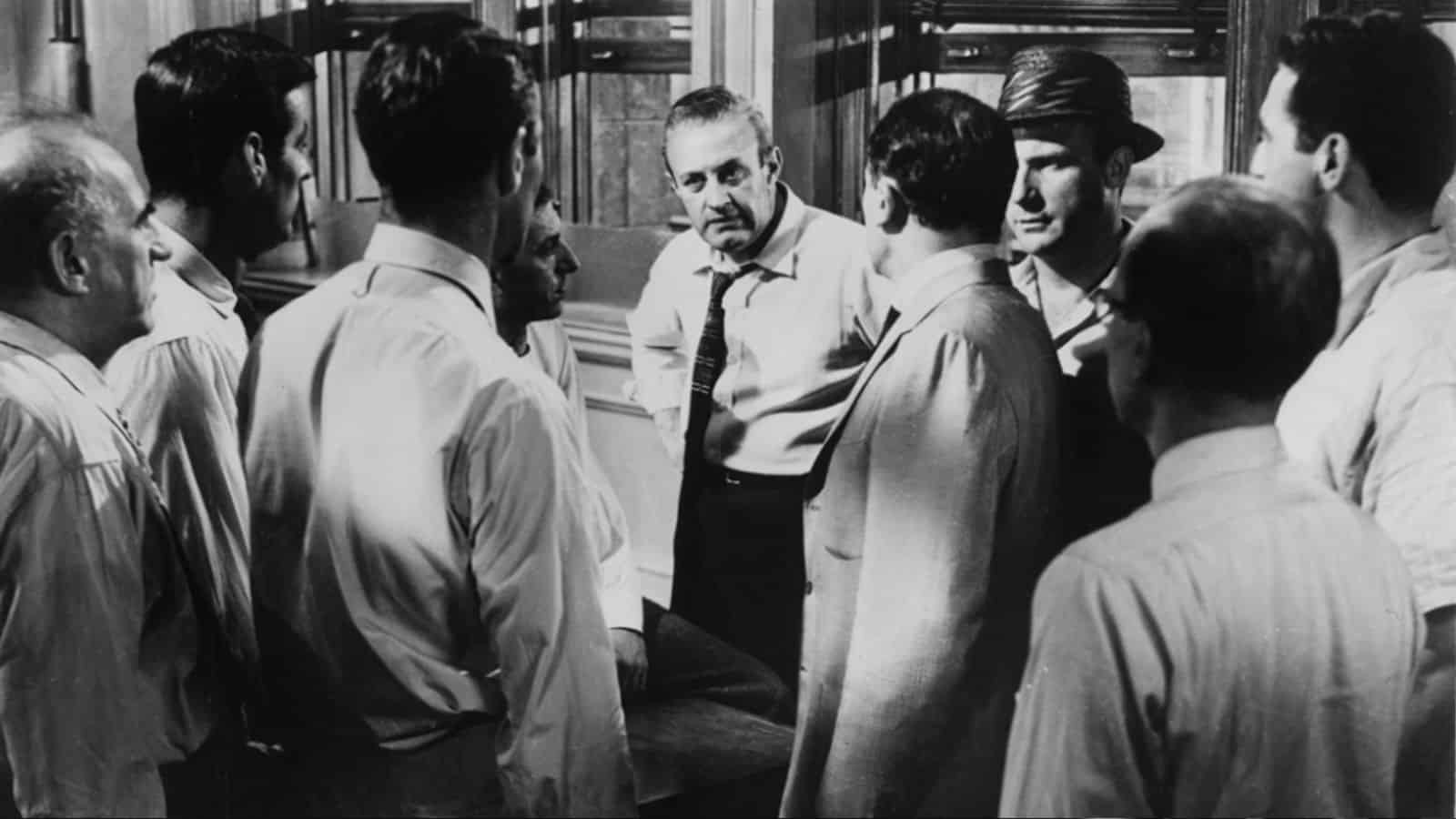
An adaptation of a book in the loosest sense of the word–the film is based on a 1954 play written by Reginald Rose–Sidney Lumet’s dynamite chamber piece follows one man (Henry Fonda) as he tries to convince 11 of his fellow jurors not to convict an innocent man. A masterclass in acting and directing, this tense courtroom drama would go on to become one of the greatest films the American cinema has to offer.
7. Naked Lunch (1991)

This 1991 body horror black comedy is directed by the great David Cronenberg. This film makes this list because it turns William S. Burrough’s drug-induced screed into a coherent–and, more often than not, brilliant–observation of the horrors of addiction.
8. Forrest Gump (1994)
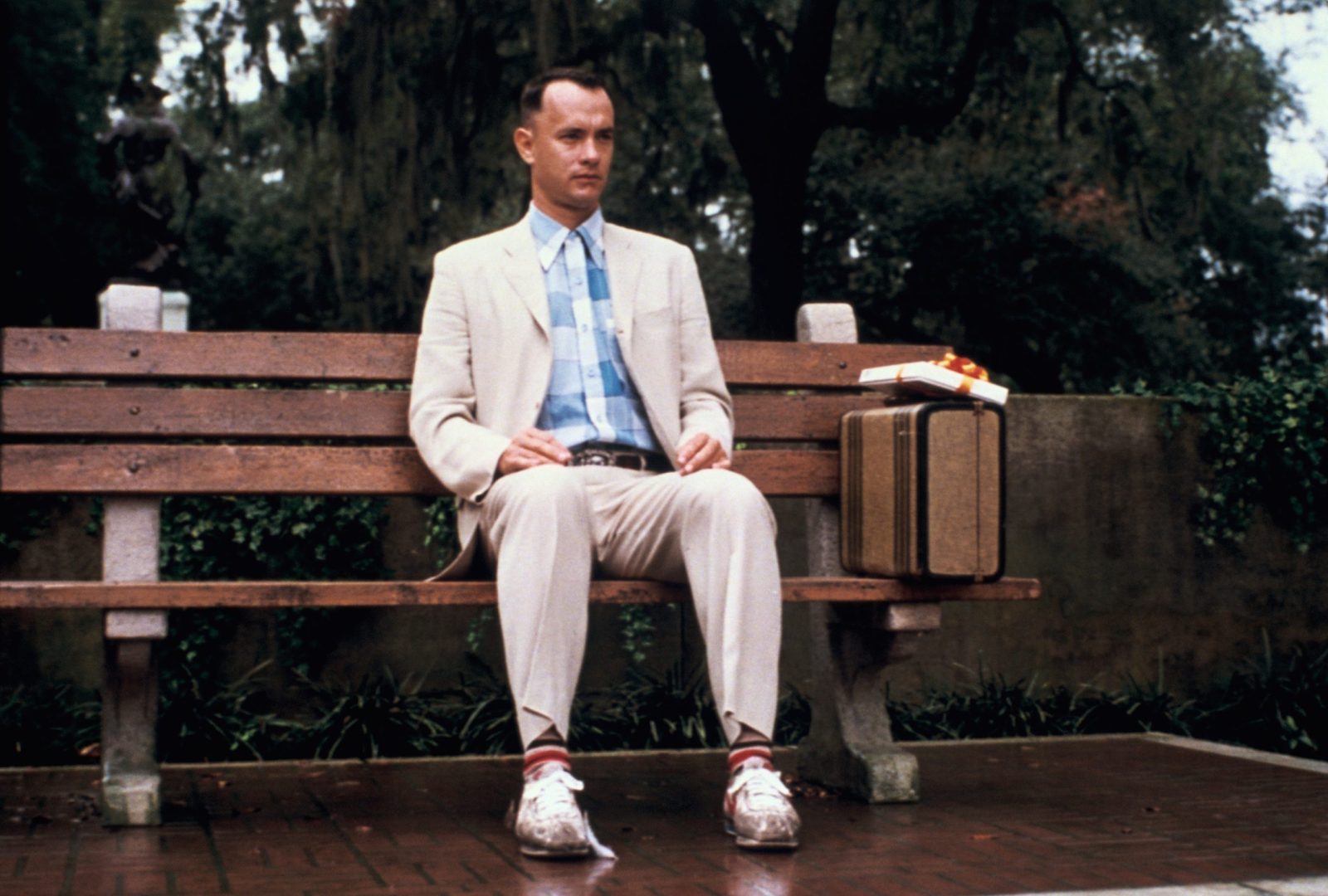
Robert Zemeckis’ era-defining 1994 comedy is based on Winston Groom’s 1986 novel of the same name. It excises many of the book’s more ridiculous scenes–namely the titular character becoming an astronaut and crash-landing on an island full of cannibals–in favor of the iconic film we have today.
Follow us on MSN to see more of our exclusive entertainment content.
9. The Tenant (1976)
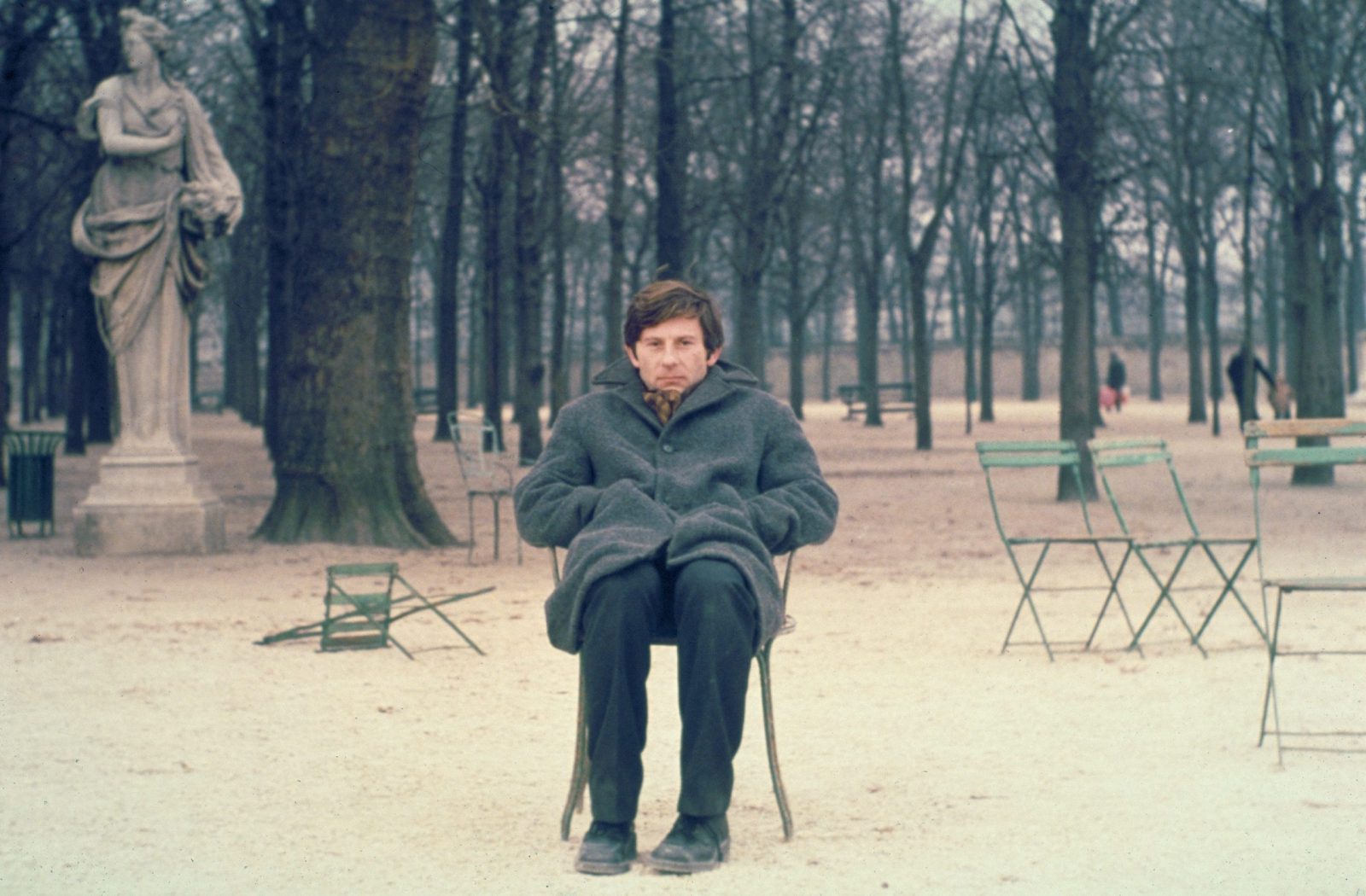
Roman Polanski’s iconic horror film is an adaptation of Roland Topor’s 1964 horror novel of the same name. It drops many of the novel’s social critiques in favor of a surreal look at isolation and sexual repression.
10. Who’s Afraid of Virginia Woolf? (1966)
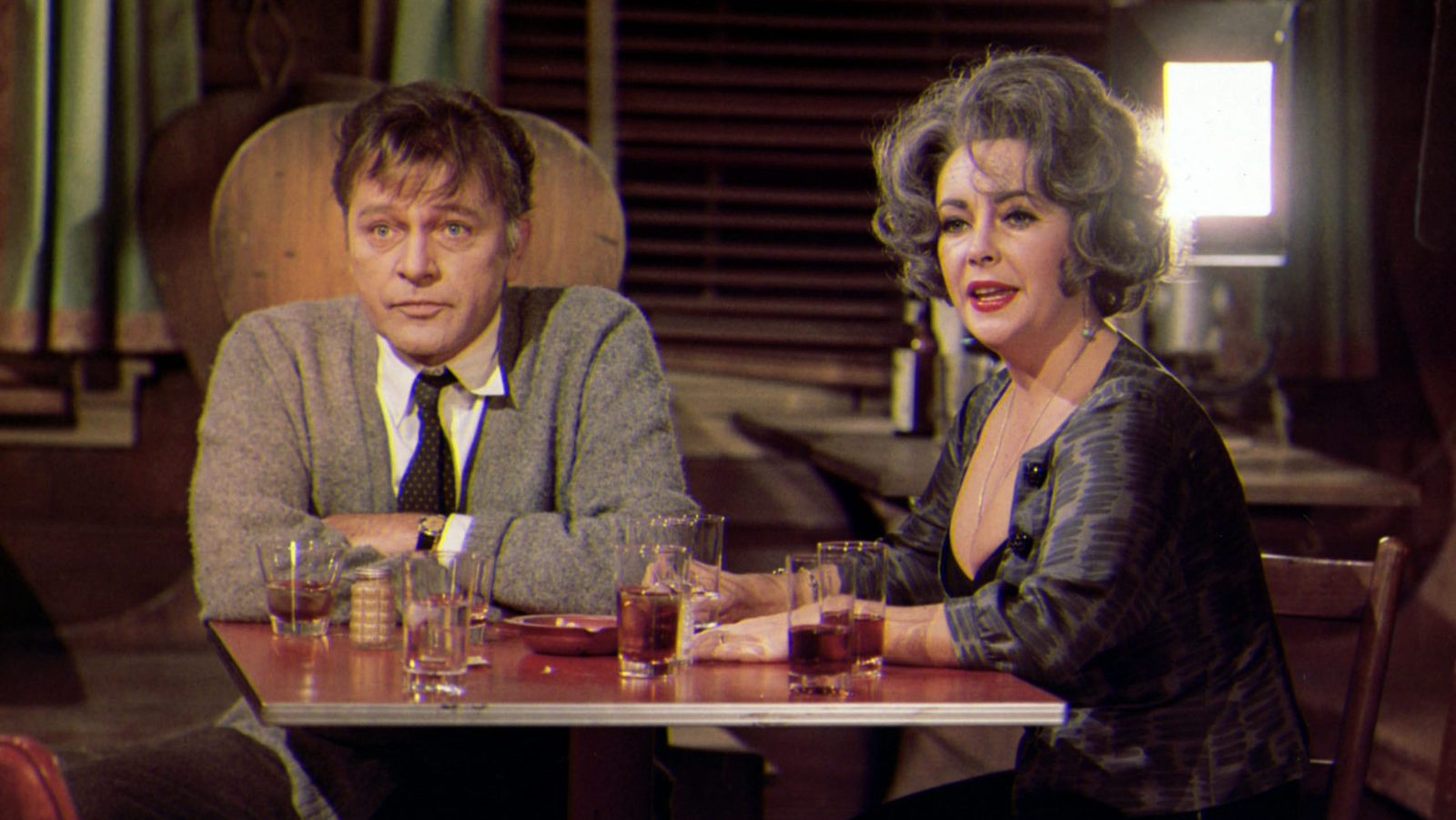
Based on the Edward Albee play, the film follows a middle-aged couple named Martha and George as they ‘entertain’ a couple of newlyweds with a series of increasingly nightmarish games. The directorial debut of Mike Nichols, the film would go on to become one of the defining works of the New Hollywood movement.
11. Frankenstein (1931)
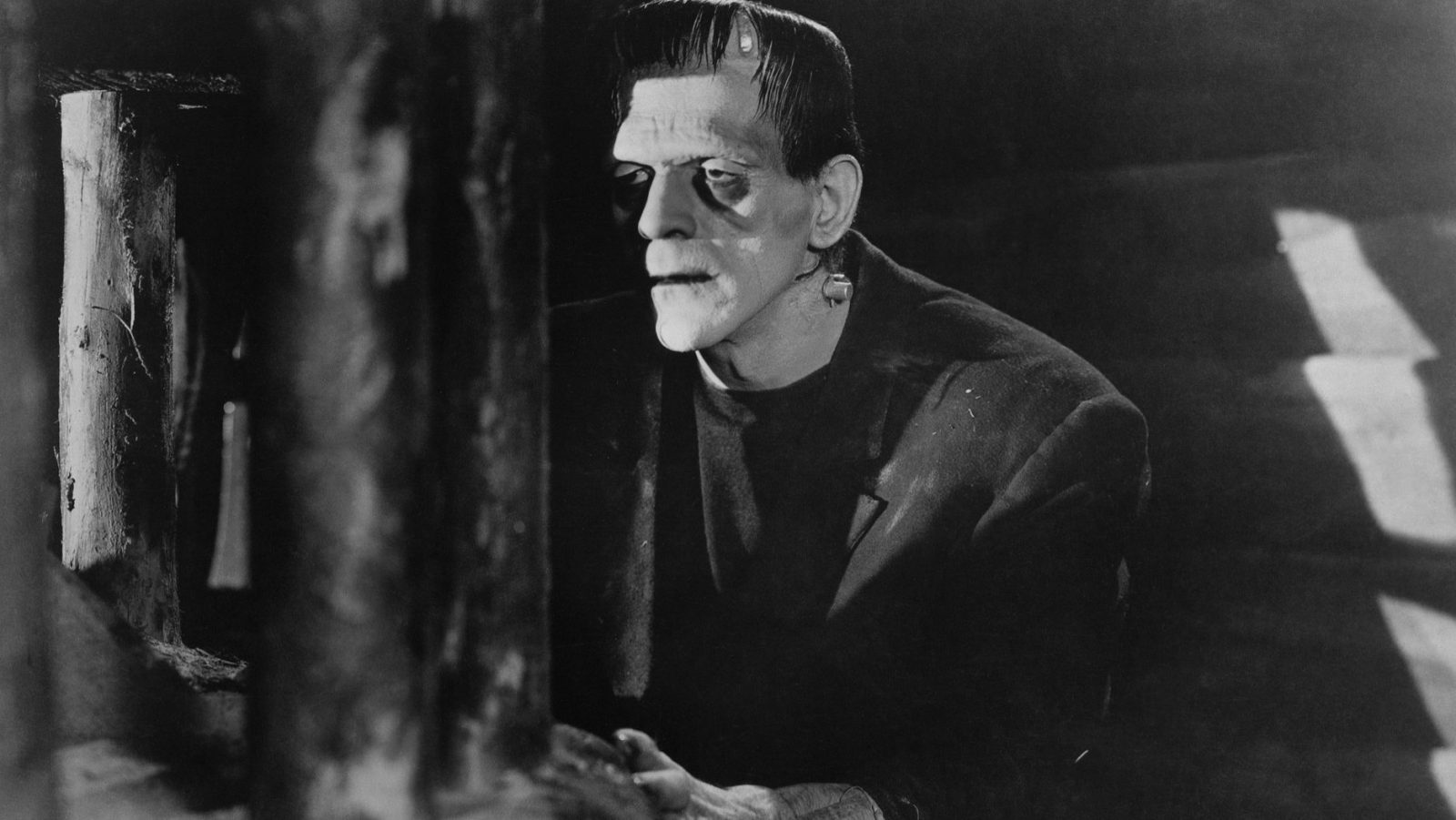
James Whale’s classic horror film is based on the Mary Shelley novel of the same name. It’s not only one of the most enduring horror films ever made, but is also the work that would define the tropes of the Frankenstein story within the popular consciousness.
Follow us on MSN to see more of our exclusive entertainment content.
12. Starship Troopers (1997)

Though derided upon its initial release, Paul Verhoeven’s masterpiece–based on Robert Heinlein’s novel of the same name–remains as timeless a satire of fascism as the day it was released.
13. The Grapes of Wrath (1940)
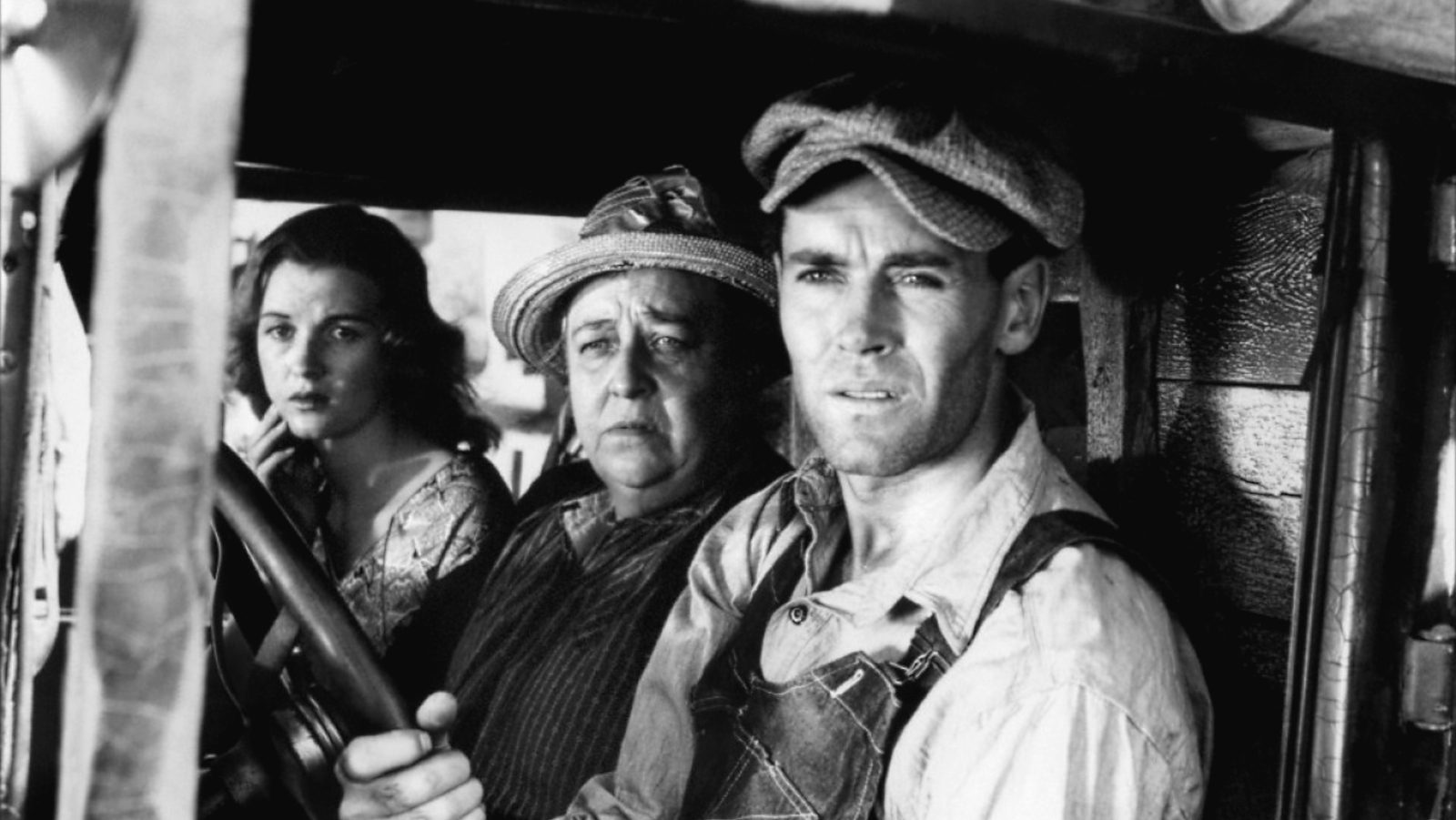
John Ford’s Academy Award-winning triumph, based on John Steinbeck’s eternal 1939 novel is a testament to the raw power of Old Hollywood filmmaking. The film, which follows the Joad Family as they travel across the country during the Great Depression remains as timeless and as powerful as ever.
14. Under the Volcano (1984)
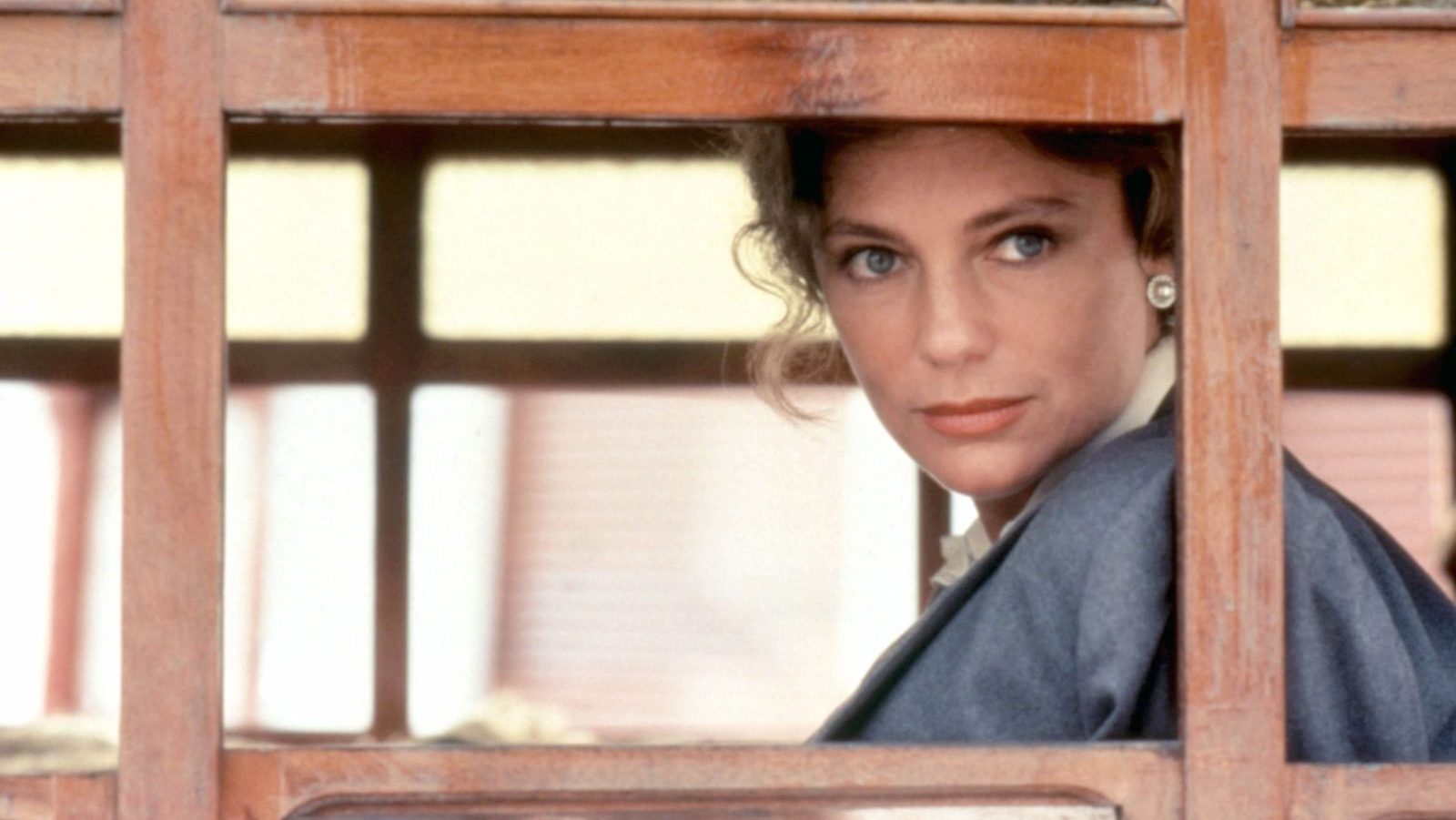
Directed by John Huston, this Palme d’Or-nominated film is an adaptation of Malcolm Lowry’s 1947 novel. The film follows Geoffrey Firmin (Albert Finney), an alcoholic British consul in a tiny Mexican town during the Day of the Dead as he tries to avoid his own death.
Follow us on MSN to see more of our exclusive entertainment content.
15. Bringing Out the Dead (1999)
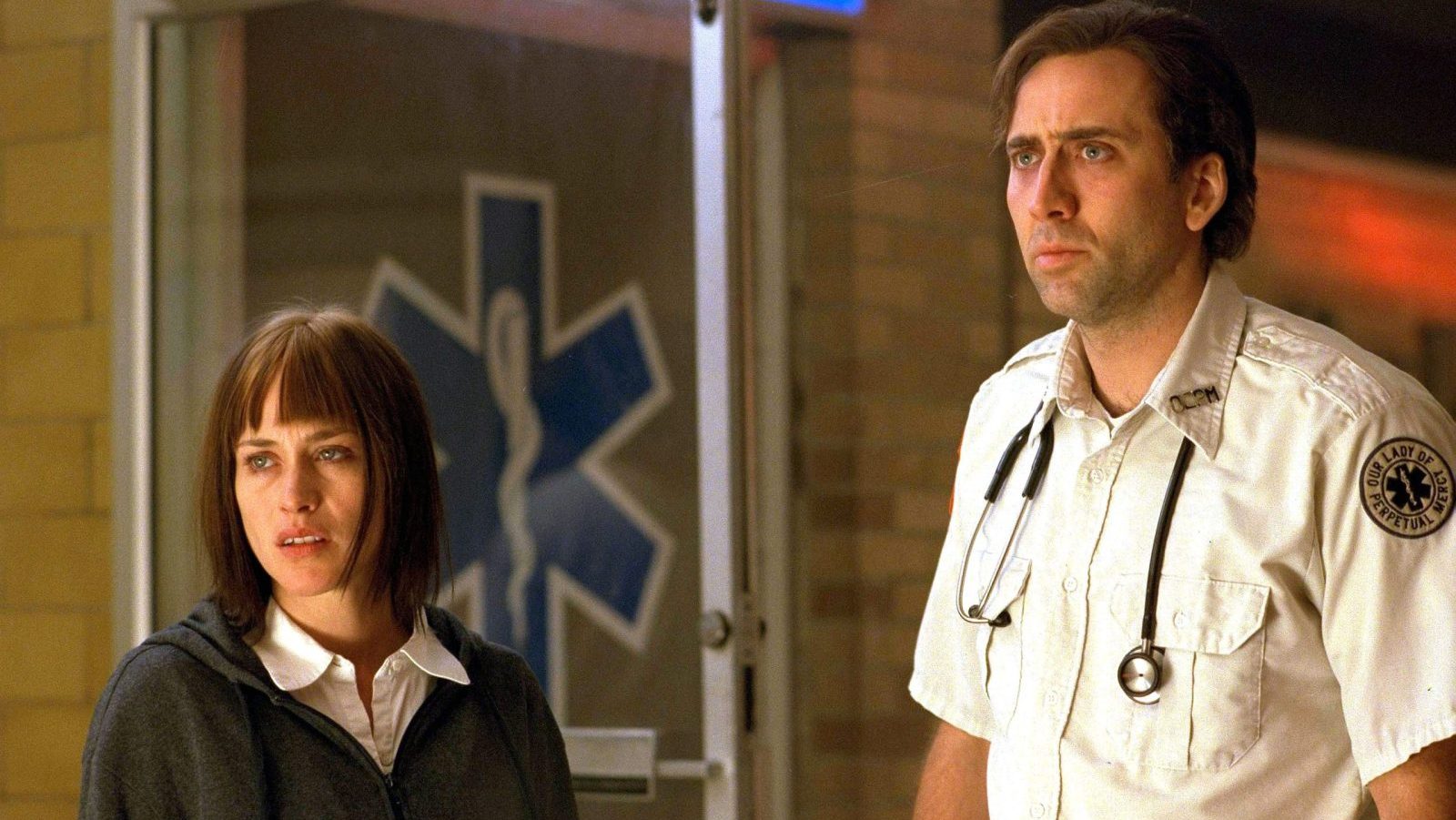
This underrated Martin Scorsese joint follows paramedic Frank Pierce as he begins to lose his mind after he begins to lose all of the patients he’s trying to save.
16. Blade Runner (1982)

Ridley Scott’s adaptation of Philip K. Dick’s Do Androids Dream of Electric Sheep? blows Dick’s original novel out of the water with its scope and scale, setting a new standard for the scale that films can achieve.
17. The Mist (2007)
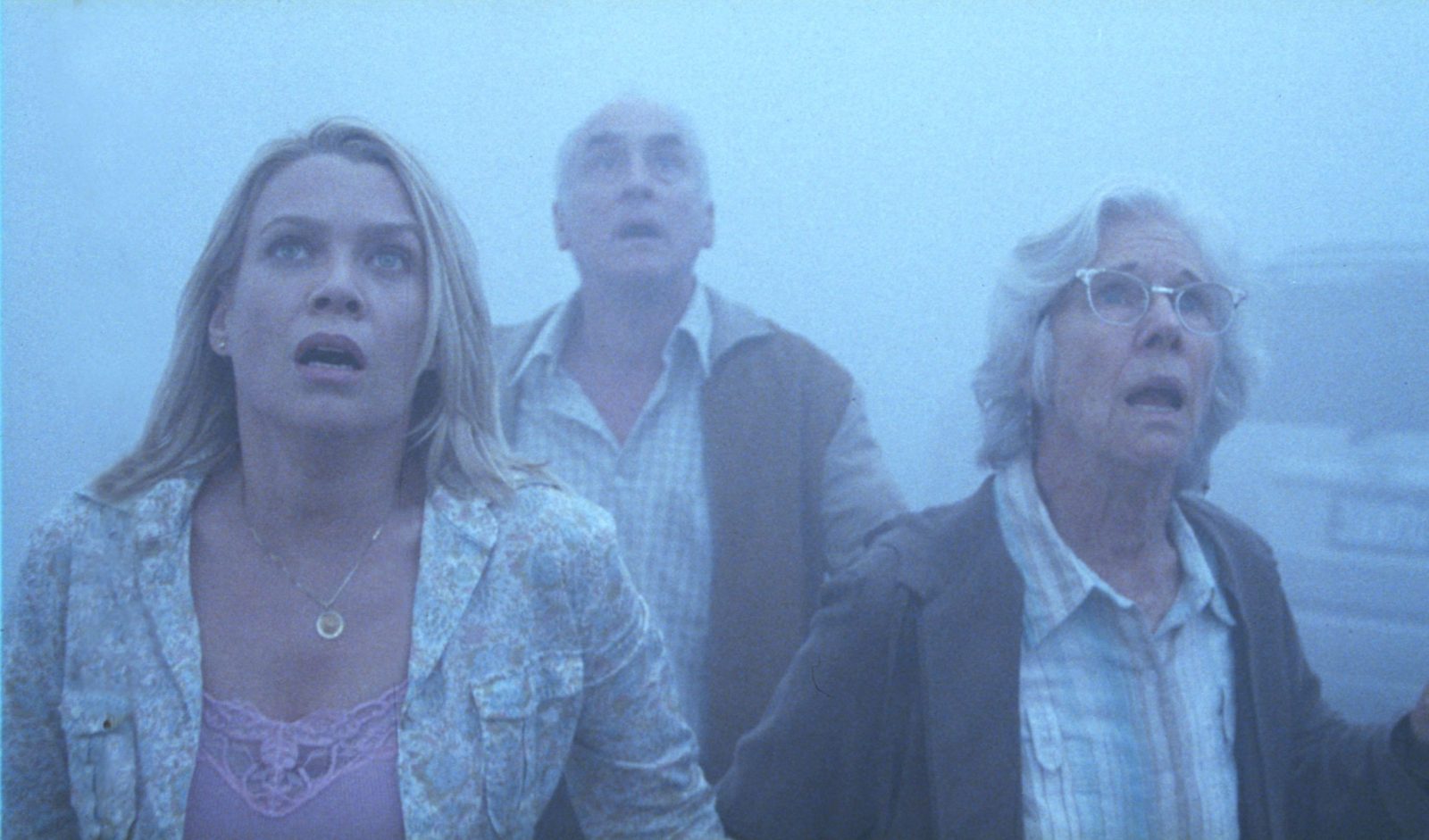
Frank Darabont’s tribute to B-horror films of the 1950s and ’60s trumps the original Stephen King short story by changing its ending. The film, which follows a group of people trapped in a convenience store as monsters terrorize them outside, sustains a tension throughout that the short story can simply never match.
Follow us on MSN to see more of our exclusive entertainment content.
18. War and Peace (1967)
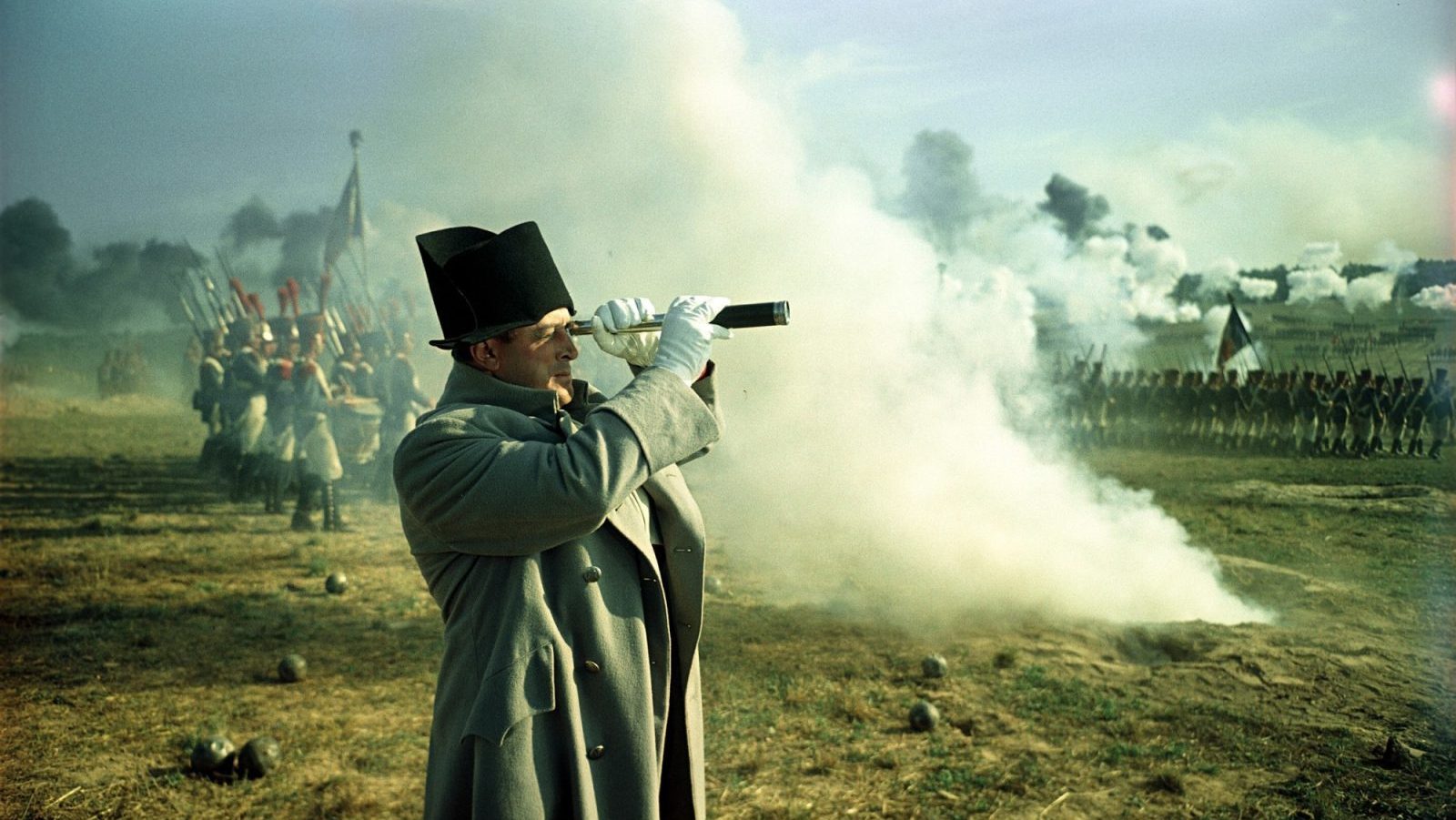
Sergei Bondarchuk’s multi-year epic bests Leo Tolstoy’s original novel by using the film to create a sense of scale that’s impossible to convey in literature. Funded by the USSR, Bondarchuk uses this classic of world literature to create one of cinema’s most massive achievements.
19. Tough Guys Don’t Dance (1987)
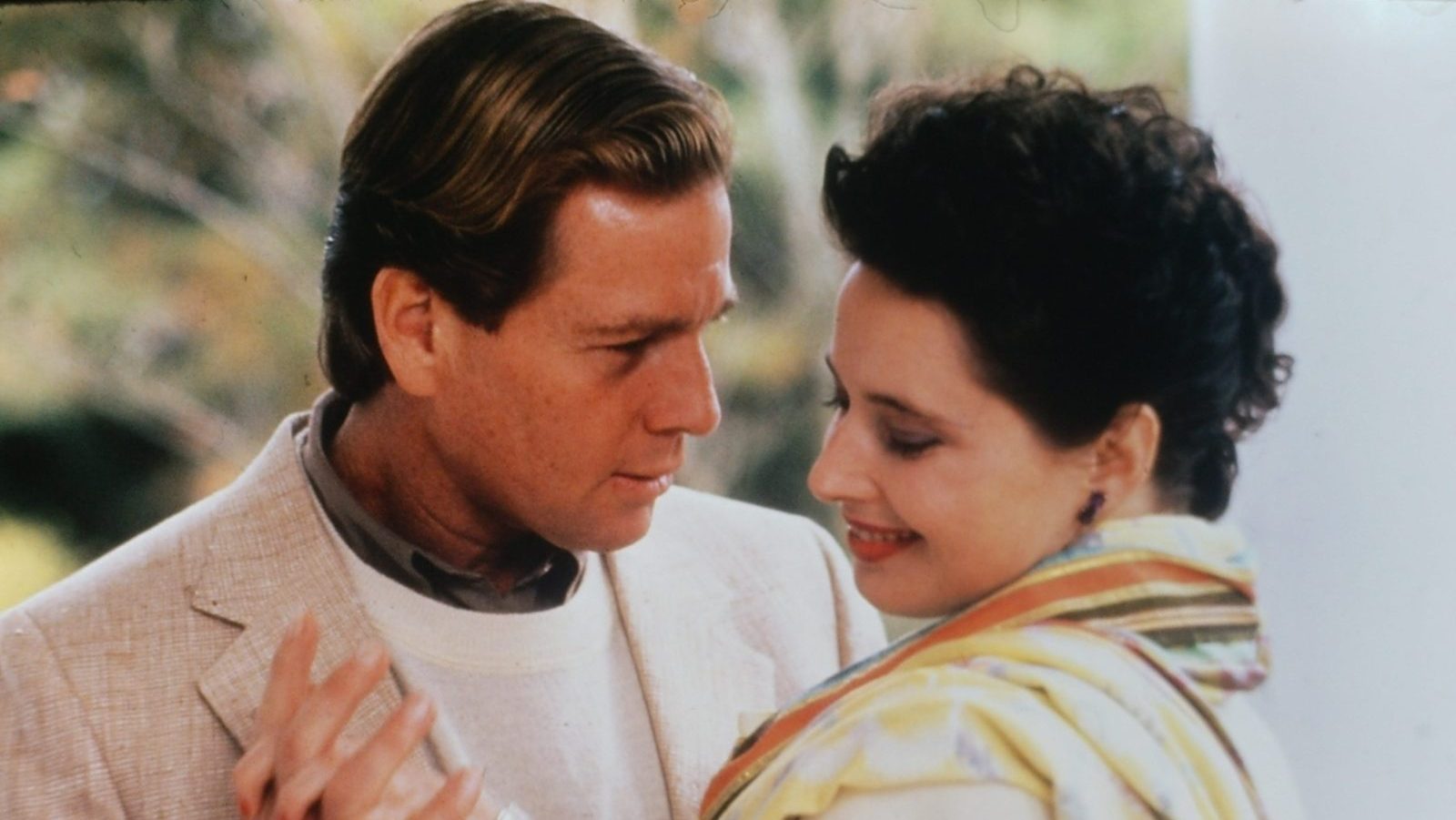
This is a rare instance of the writer of the original novel both writing and directing the adaptation of his own book. Norman Mailer’s 1987 film follows a writer who wakes up after a drug-induced night on the town, only to find a dead body, a tattoo and no memory of the night before. Made at the height of the cocaine-fueled ’80s, this is a film that truly has to be seen to be believed.
20. Detour (1945)
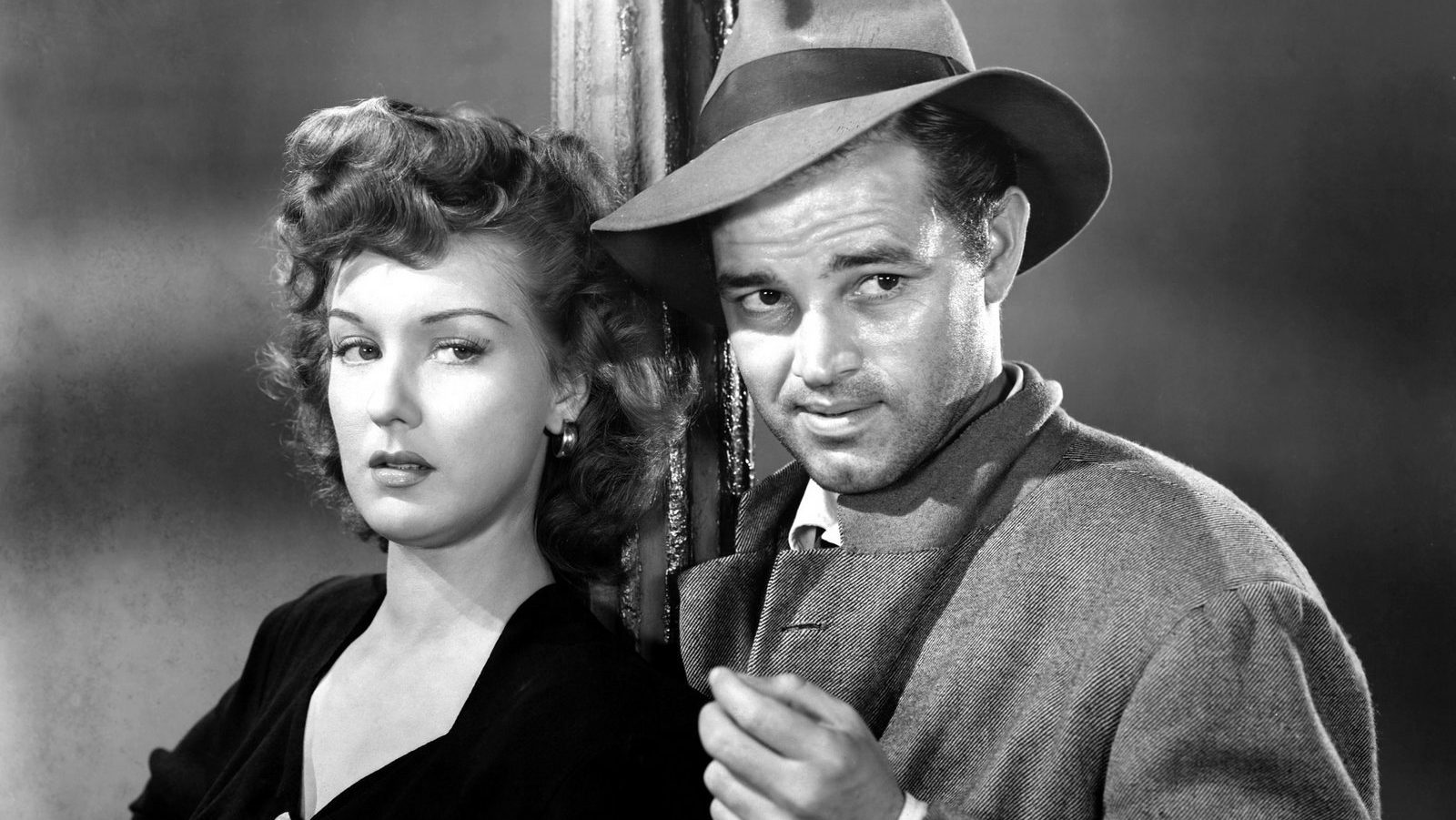
Edgar G. Ulmer’s noir masterpiece is an adaptation of an obscure mystery novel by Martin Goldsmith. It follows a drifter who gets wrongfully accused of murder on his way to Los Angeles. With almost no money, Ulmer constructs one of the moodiest noirs ever put to the screen. Essential viewing!
20 Timeless Black and White Films That We Absolutely Love
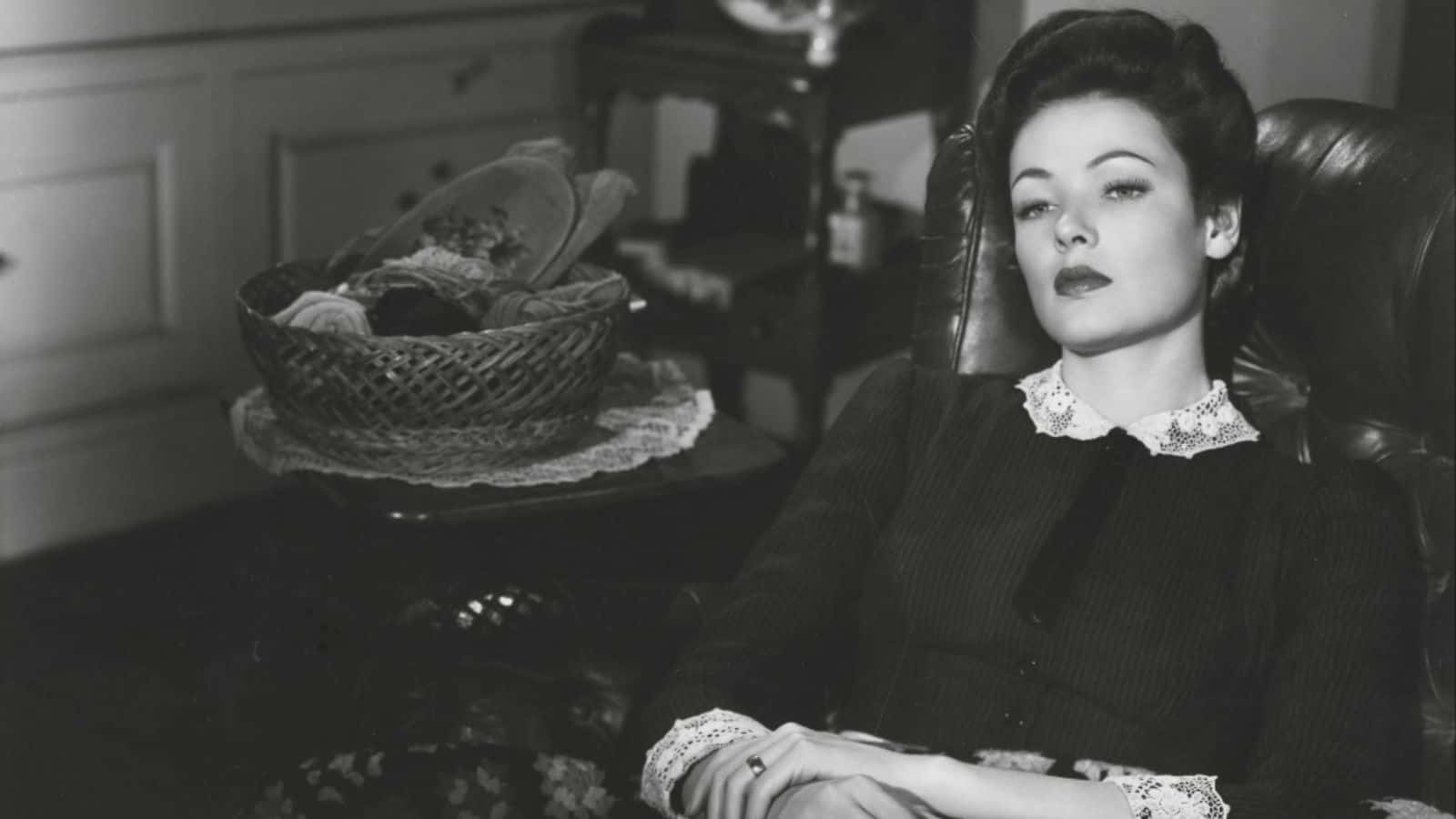
So we’re sharing our top black-and-white films with you today! From the contained drama of 12 Angry Men to the eerie Nosferatu and the heart-achy Casablanca, we’re rounding up 20 of the myriad old films that have made it to the status of legends; whether they’re can’t-miss classics or films with a niche cult following, they’re all excellent in some way.
20 Timeless Black and White Films That We Absolutely Love
11 Vampire Movies That Will Make You Thirst for More
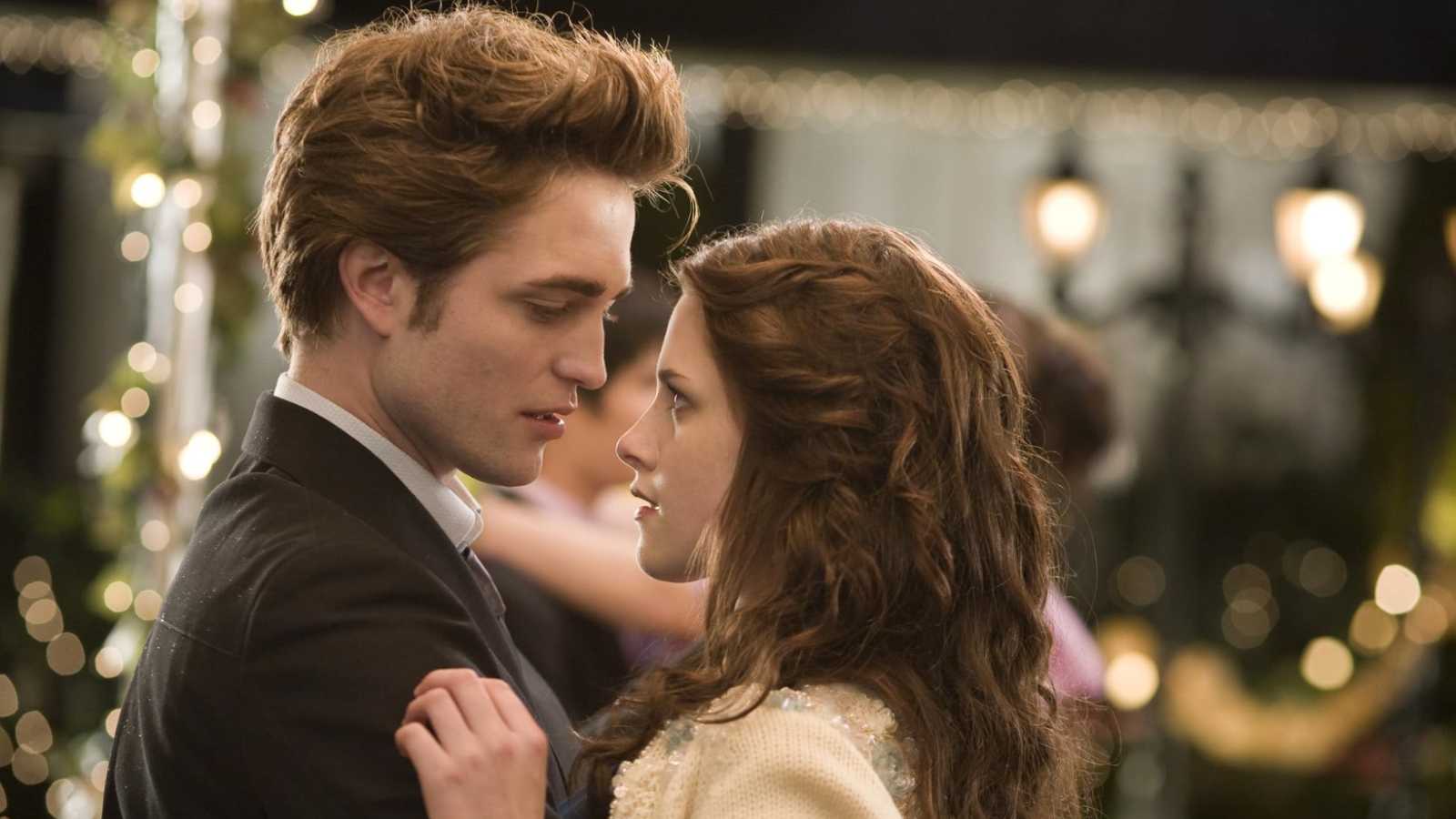
Sometimes, we just love to watch a favorite vampire movie, one of the ones that never get old. It piques our imagination with the unknown story of two teenagers fighting for their love, the incredible and creepy scenes, and the bloodsucking classics.
If you’re looking to get a good rest and watch vampire movies all day, look no further than this list!
11 Vampire Movies That Will Make You Thirst for More
